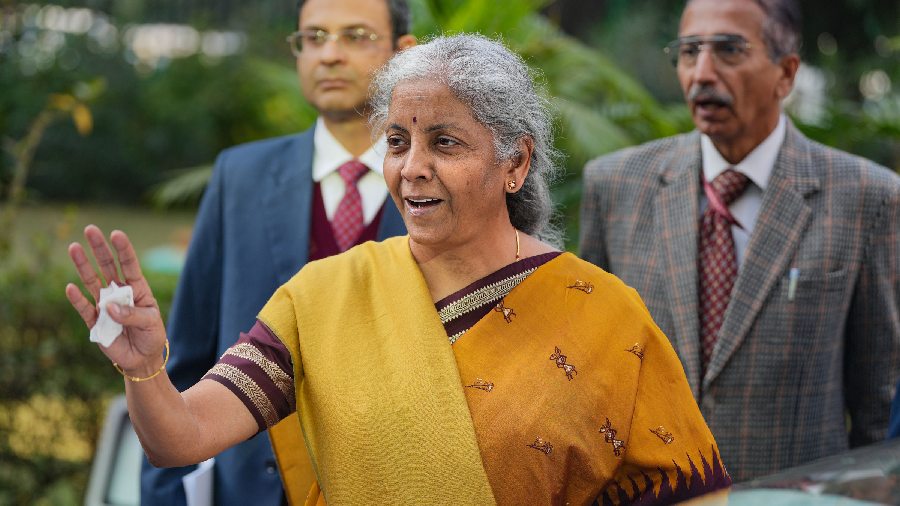In a budget that nudges the nation’s savings narrative firmly towards administered-rate instruments, the finance minister has prompted two vulnerable groups — women and senior citizens — to put aside more in small savings schemes.
Union budget 2023 has created a novel window for the former and has enlarged an existing one for the latter.
The newly proposed Mahila Samman Savings Certificate will come as a special, shortterm option for women. It will provide interest at a preferred rate of 7.5 per cent, an arrangement that will be made available to savers in the target group up to March 2025.
Each subscriber can deposit up to Rs 2 lakh.
Senior Citizens Savings Scheme (SCSS), a popular instrument for ordinary investors (especially retired individuals) in a country where the number of older people is accelerating rapidly, will now allow depositors to save up to Rs 30 lakh.
This is indeed a very generous move, considering the fact the investment ceiling here is only Rs 15 lakh at the moment.
Countless seniors will no doubt fete the proposal. Additionaly, the scope of another well-known small savings option, Monthly Income Account Scheme, has been expanded as well. An individual can now set aside up to Rs 9 lakh in a single account, while a joint account may hold up to Rs 15 lakh.
Their current investment limits are respectively Rs 4.5 lakh and Rs 9 lakh. At this stage it is not clear whether the interest generated by the proposed scheme for women — bachat patra — will be made tax-free at the hands of the depositor.
Further, the Budget has not indicated whether allocation by an investor in the new option will secure any benefits under the tax-saving provisions of the Income Tax Act, especially Section 80C. The scope of the latter has not been expanded in any way.
It may be mentioned here that some of the traditional savings options such as National Savings Certificate and Sukanya Samriddhi Yojana do allow subscribers to claim such sops, subject to an overall ceiling of Rs 1.50 lakh.
The rate of interest mentioned by the finance minister nevertheless will seem attractive enough for some quarters, it may be argued.
In a period marked by relatively strong inflationary trends, the post-tax returns generated by such an option may yet be questioned by various sections of the market.
It also needs to be seen how the proposal compares with fixed deposits in general. Incidentally, certain varieties of assured-income products, including those being vended by banks and sundry deposit mobilising corporates, are offering 7.5-8 per cent these days.
The latest budgetary announcements are actually a shot in the arm for conservatism. I strongly feel these are in keeping with the spirit of the finance minister’s overall narrative, especially matching the needs of the “hard-working middle class”, to quote her words.
These come at a time when a discerning section of the investment community has shown a preference for market-linked (read: uncertain and variable performance) instruments.
The government, however, has clearly displayed an inclination in favour of fixed returns, courtesy administered-rate proposals, both old and new.
Nilanjan Dey is director of Wishlist Capital Advisors











